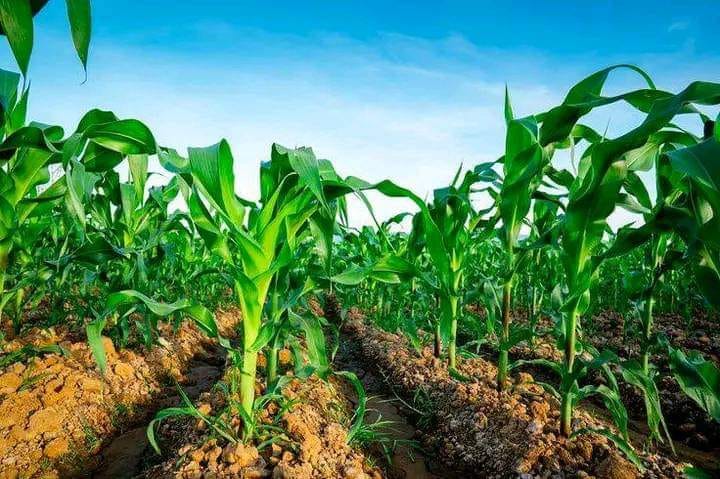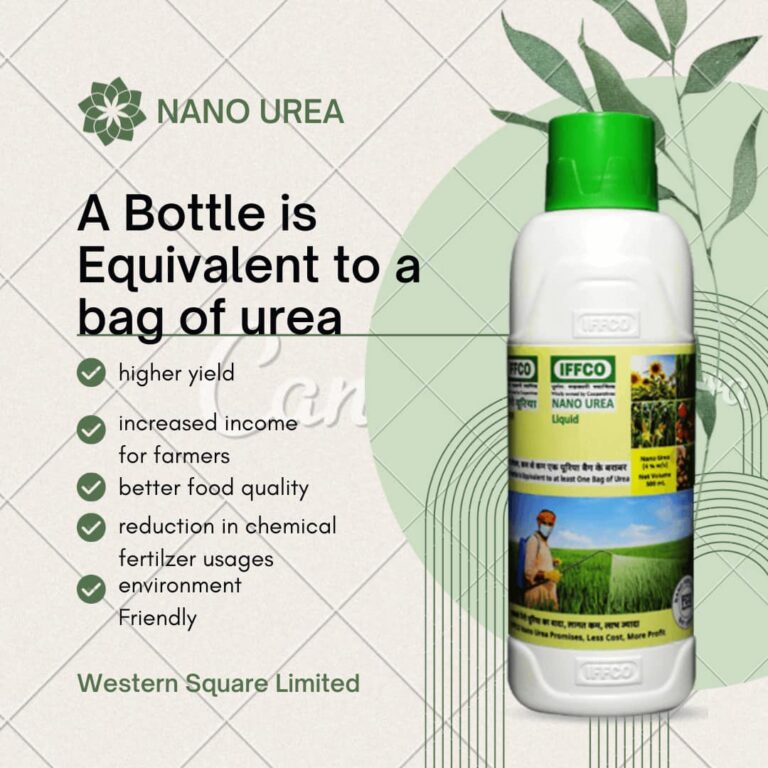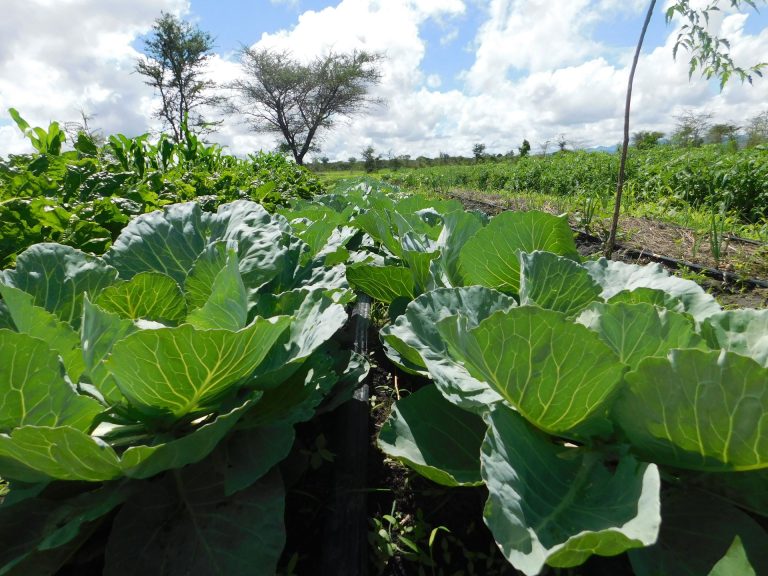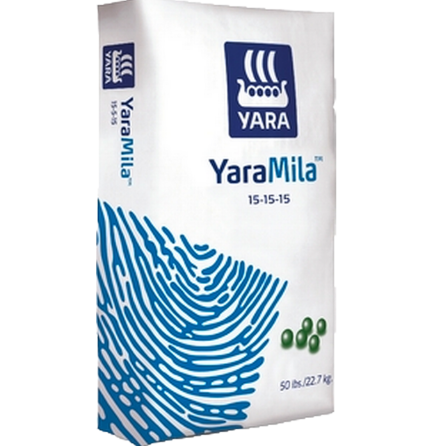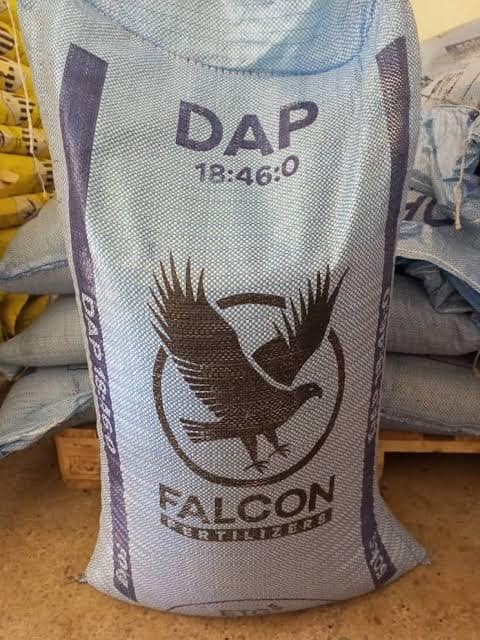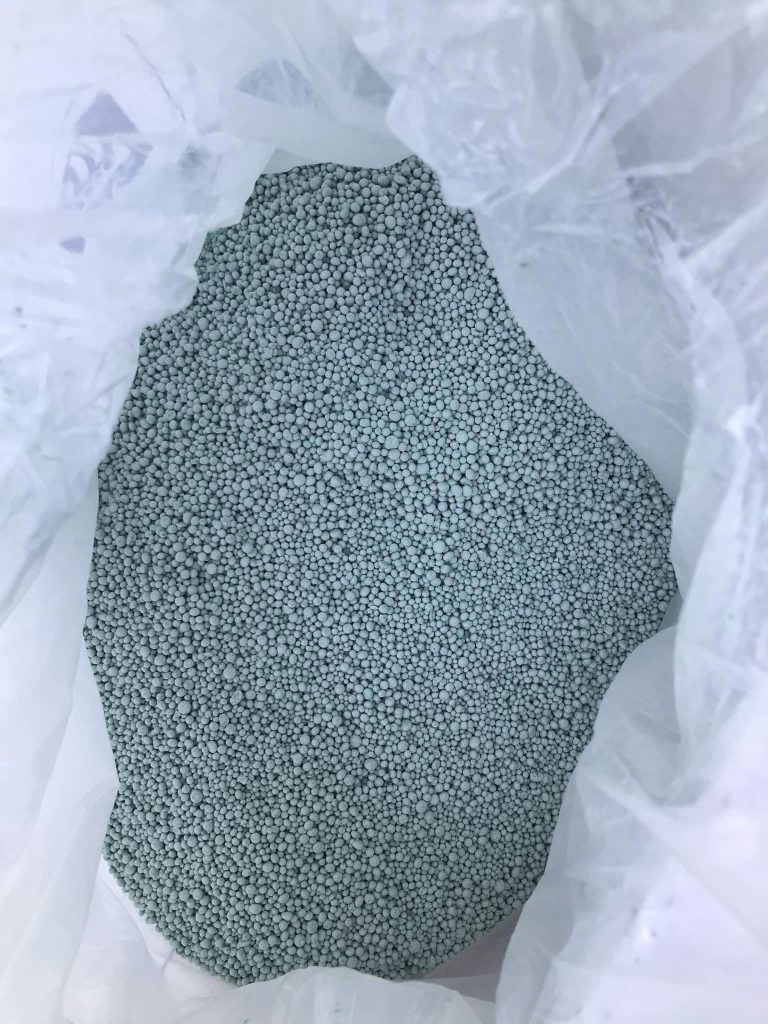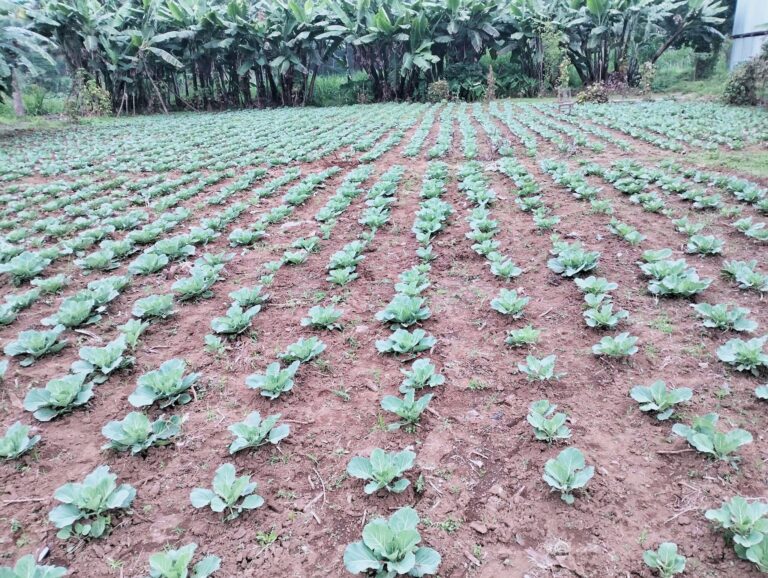Basal Application of Fertilizers: Advantages and Disadvantages
Basal application refers to the application of fertilizer near the base of plants, usually before or at the time of sowing seeds or transplanting seedlings. This method aims to provide essential nutrients like nitrogen, phosphorus, and potassium directly to the plant roots during the early growth stages.
What is Basal Fertilizer Application?
Basal fertilizer application involves placing fertilizer in bands below and to the sides of the seed or seedling during planting. The fertilizer band is located inches below and inches to the side of the seed or seedling.
This positions the fertilizer directly in the path of emerging roots, ensuring its early availability to young plants.
The main types of basal fertilizer application include:
- Band placement below seed/seedling during planting
- Placement in furrows below seed during sowing
- Localized placement near transplanted seedlings
Basal fertilizers are usually higher in immobile nutrients like phosphorus and low in mobile nutrients like nitrogen. Common basal fertilizer grades include diammonium phosphate (DAP), single superphosphate (SSP), and NPK complexes with high P content.
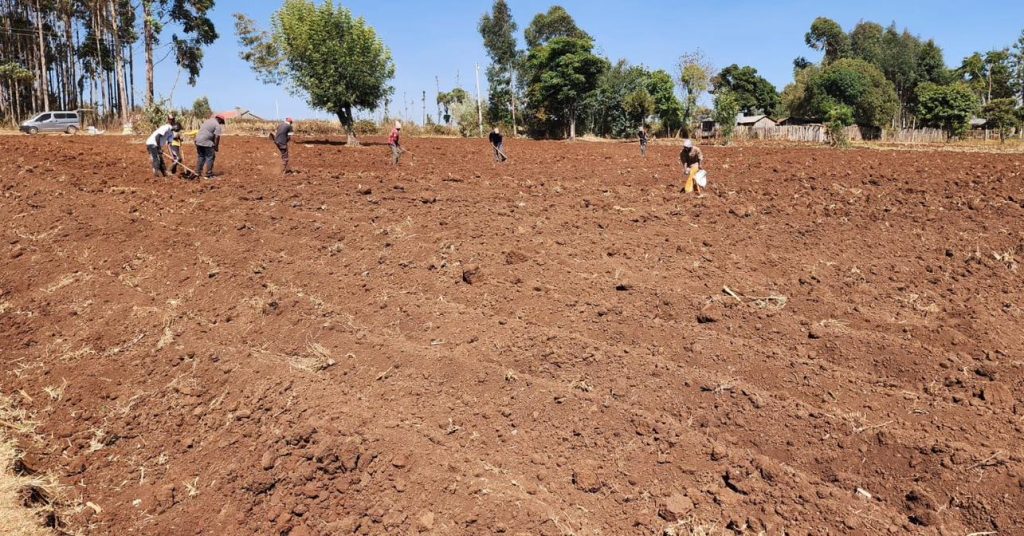
Advantages of Basal Fertilizer Application
- Early nutrient availability: Positioning fertilizer near plant roots ensures its easy accessibility and rapid uptake during the early growth period when nutrient demand is high. This jumpstarts growth and establishment.
- Enhanced nutrient absorption: Basal placement concentrates nutrients in a zone where roots proliferate, increasing their absorption compared to broadcast methods. This improves fertilizer use efficiency.
- Promotes root growth: Localizing phosphorus stimulates root proliferation and branching in the fertilized zone, leading to a robust root system.
- Requires lower fertilizer rates: As nutrient absorption is more efficient, lower fertilizer rates are required compared to broadcast application to achieve similar crop growth.
- Prevents nutrient fixation: Banding limits contact between fertilizer and soil, preventing fixation of nutrients like phosphorus into unavailable forms.
- Minimizes weed competition: Unlike broadcast methods, basal application places nutrients in crop root zones directly, reducing nutrient interception by weeds.
Disadvantages of Basal Fertilizer Application
- Can cause seed/seedling damage: High salt concentrations from fertilizer bands can potentially damage germinating seeds or young seedlings.
- Requires specialized equipment: Seed drills or transplanting tools with fertilizer attachments are needed to accurately place basal fertilizer.
- More labor-intensive: Compared to broadcasting, band placement demands additional labor for fertilizer loading and proper seed/fertilizer placement.
- Difficult in stony soils: Rocky or gravelly soils make it challenging to maintain uniform fertilizer bands at the desired soil depth.
- Risk of fertilizer toxicity: Misplacement of fertilizer bands too close to seeds/seedlings can cause fertilizer toxicity and damage plants.
- Not suitable for all nutrients: Basal fertilization works best for immobile nutrients like P and K. Mobile nutrients like N are prone to losses if applied basally.

Best Management Practices for Basal Fertilization
To maximize the benefits of basal fertilizer application while minimizing any risks, some best practices include:
- Select fertilizers with nutrients suited for basal application like DAP, SSP, etc. Avoid high N grades.
- Band placement should be inches below and to the side of seed/seedling to prevent damage.
- Reduce fertilizer rates compared to broadcast methods as nutrient use efficiency is higher.
- Use appropriate equipment like seed drills to accurately place fertilizer bands.
- Avoid basal application on waterlogged or compacted soils to prevent seedling damage.
- Split total nutrient needs between basal and topdress fertilizations for better crop nutrition.
- Combine with broadcast methods on soils with very low fertility to boost overall nutrient availability.
Conclusion
Basal fertilizer application can enhance early nutrient availability and absorption, promote vigorous root growth, and improve fertilizer use efficiency in crops.
Proper placement techniques and suitable fertilizer grades are essential to harness its benefits. This method is most advantageous for immobile nutrients like phosphorus and best suited for row-planted crops.
Integrating basal fertilization with broadcast methods and split applications tailors crop nutrition to growth stage demands. When implemented through science-based practices, basal fertilizer application can significantly improve crop performance.
